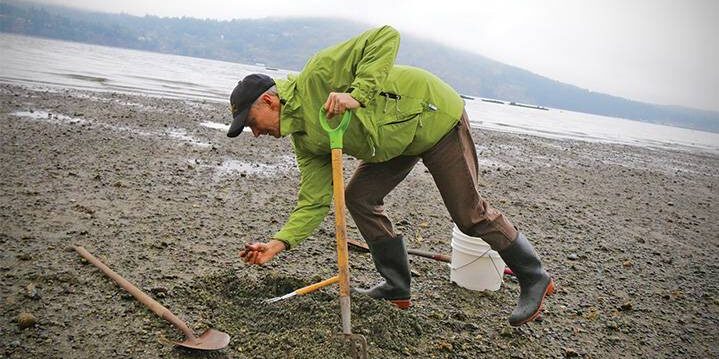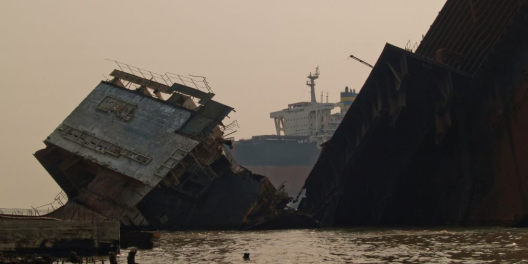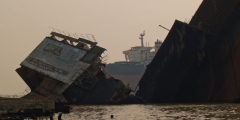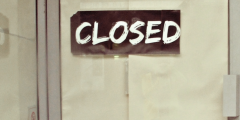COVID has had many unexpected consequences, such as exploding real estate prices on Vancouver Island and a boom in cycling. Another one is clam and oyster digging.
Experts from the Department of Fisheries and Oceans (DFO) report there’s been a huge increase in the number of people scouring south coast beaches for shellfish. DFO is concerned many don’t know what they’re doing and could make themselves sick.
Understanding a little biology goes a long way.
Oysters and clams are bivalves.
And bivalve shellfish are filter feeders. That means that any contaminants in the water, such as fecal coliform, can build up inside them and make them harmful to humans if eaten.
In addition, naturally occurring toxins produced by phytoplankton can also accumulate in shellfish and cause paralytic shellfish poisoning, or PSP, which is potentially fatal.
“It’s about three times the number of encounters,” said Art Demsky, a DFO detachment commander, in a CBC News report posted May 25 about the jump in shellfish foraging. “The worst fear is that someone gets sick and possibly dies.”
The BC Centre for Disease Control (BCCDC) tracks shellfish-related illnesses. In April, they reported three cases of people getting sick from shellfish.
Although not everyone reports to the BCCDC when they fall ill, this one-month total is more than known cases reported in 2020 and 2019 combined.
Lorraine McIntyre, a BCCDC food safety specialist, told CBC that often, people simply don’t know what they’re harvesting and how to do it safely.
That’s why the provincial agency is launching an updated website showing the exact locations of closures and what the different shellfish look like.
Nothing tastes better than freshly dug clams and oysters, but to be safe, check out the closures website and do a bit of research before you dig.









